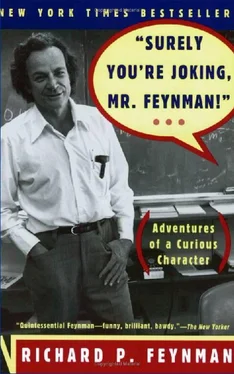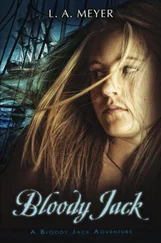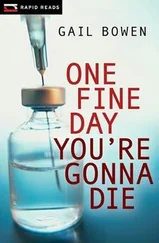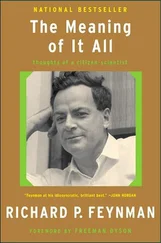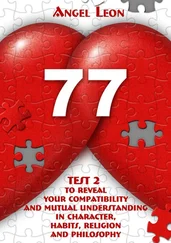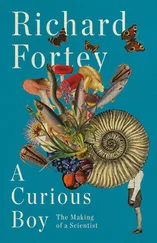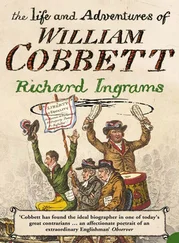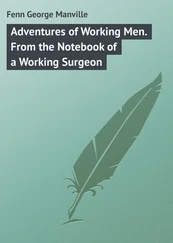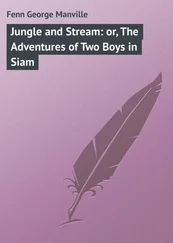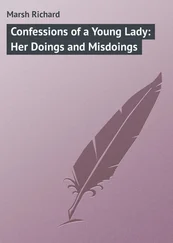“Surely You’re Joking, Mr. Feynman!”:
Adventures of a Curious Character
by Richard P. Feynman
as told to Ralph Leighton
edited by Edward Hutchings
The stories in this book were collected intermittently and informally during seven years of very enjoyable drumming with Richard Feynman. I have found each story by itself to be amusing, and the collection taken together to be amazing:
That one person could have so many wonderfully crazy things happen to him in one life is sometimes hard to believe. That one person could invent so much innocent mischief in one life is surely an inspiration!
Ralph Leighton
I hope these won’t be the only memoirs of Richard Feynman. Certainly the reminiscences here give a true picture of much of his character—his almost compulsive need to solve puzzles, his provocative mischievousness, his indignant impatience with pretension and hypocrisy, and his talent for one-upping anybody who tries to one-up him! This book is great reading: outrageous, shocking, still warm and very human.
For all that, it only skirts the keystone of his life: science. We see it here and there, as background material in one sketch or another, but never as the focus of his existence, which generations of his students and colleagues know it to be. Perhaps nothing else is possible. There may be no way to construct such a series of delightful stories about himself and his work: the challenge and frustration, the excitement that caps insight, the deep pleasure of scientific understanding that has been the wellspring of happiness in his life.
I remember when I was his student how it was when you walked into one of his lectures. He would be standing in front of the hall smiling at us all as we came in, his fingers tapping out a complicated rhythm on the black top of the demonstration bench that crossed the front of the lecture hall. As latecomers took their seats, he picked up the chalk and began spinning it rapidly through his fingers in a manner of a professional gambler playing with a poker chip, still smiling happily as if at some secret joke. And then—still smiling—he talked to us about physics, his diagrams and equations helping us to share his understanding. It was no secret joke that brought the smile and the sparkle in his eye, it was physics. The joy of physics! The joy was contagious. We are fortunate who caught that infection. Now here is your opportunity to be exposed to the joy of life in the style of Feynman.
Albert R. Hibbs
Senior Member of the Technical Staff,
Jet Propulsion Laboratory,
California Institute of Technology
Some facts about my timing: I was born in 1918 in a small town called Far Rockaway, right on the outskirts of New York, near the sea. I lived there until 1935, when I was seventeen. I went to MIT for four years, and then I went to Princeton, in about 1939. During the time I was at Princeton I started to work on the Manhattan Project, and I ultimately went to Los Alamos in April 1943, until something like October or November 1946, when I went to Cornell.
I got married to Arlene in 1941, and she died of tuberculosis while I was at Los Alamos, in 1946.
I was at Cornell until about 1951. I visited Brazil in the summer of 1949 and spent half a year there in 1951, and then went to Caltech, where I’ve been ever since.
I went to Japan at the end of 1951 for a couple of weeks, and then again, a year or two later, just after I married my second wife, Mary Lou.
I am now married to Gweneth, who is English, and we have two children, Carl and Michelle.
R.P.F.
Part 1.
From Far Rockaway to MIT
He Fixes Radios by Thinking!
When I was about eleven or twelve I set up a lab in my house. It consisted of an old wooden packing box that I put shelves in. I had a heater, and I’d put in fat and cook french-fried potatoes all the time. I also had a storage battery, and a lamp bank.
To build the lamp bank I went down to the five-and-ten and got some sockets you can screw down to a wooden base, and connected them with pieces of bell wire. By making different combinations of switches—in series or parallel—I knew I could get different voltages. But what I hadn’t realized was that a bulb’s resistance depends on its temperature, so the results of my calculations weren’t the same as the stuff that came out of the circuit. But it was all right, and when the bulbs were in series, all half-lit, they would gloooooooooow, very pretty—it was great!
I had a fuse in the system so if I shorted anything, the fuse would blow. Now I had to have a fuse that was weaker than the fuse in the house, so I made my own fuses by taking tin foil and wrapping it around an old burnt-out fuse. Across my fuse I had a five-watt bulb, so when my fuse blew, the load from the trickle charger that was always charging the storage battery would light up the bulb. The bulb was on the switchboard behind a piece of brown candy paper (it looks red when a light’s behind it)—so if something went off, I’d look up to the switchboard and there would be a big red spot where the fuse went. It was fun!
I enjoyed radios. I started with a crystal set that I bought at the store, and I used to listen to it at night in bed while I was going to sleep, through a pair of earphones. When my mother and father went out until late at night, they would come into my room and take the earphones off—and worry about what was going into my head while I was asleep.
About that time I invented a burglar alarm, which was a very simple-minded thing: it was just a big battery and a bell connected with some wire. When the door to my room opened, it pushed the wire against the battery and closed the circuit, and the bell would go off.
One night my mother and father came home from a night out and very, very quietly, so as not to disturb the child, opened the door to come into my room to take my earphones off. All of a sudden this tremendous bell went off with a helluva racket—BONG BONG BONG BONG BONG!!! I jumped out of bed yelling, “It worked! It worked!”
I had a Ford coil—a spark coil from an automobile—and I had the spark terminals at the top of my switchboard. I would put a Raytheon RH tube, which had argon gas in it, across the terminals, and the spark would make a purple glow inside the vacuum—it was just great!
One day I was playing with the Ford coil, punching holes in paper with the sparks, and the paper caught on fire. Soon I couldn’t hold it any more because it was burning near my fingers, so I dropped it in a metal wastebasket which had a lot of newspapers in it. Newspapers burn fast, you know, and the flame looked pretty big inside the room. I shut the door so my mother—who was playing bridge with some friends in the living room—wouldn’t find out there was a fire in my room, took a magazine that was lying nearby, and put it over the wastebasket to smother the fire.
After the fire was out I took the magazine off, but now the room began to fill up with smoke. The wastebasket was still too hot to handle, so I got a pair of pliers, carried it across the room, and held it out the window for the smoke to blow out.
But because it was breezy outside, the wind lit the fire again, and now the magazine was out of reach. So I pulled the flaming wastebasket back in through the window to get the magazine, and I noticed there were curtains in the window—it was very dangerous!
Well, I got the magazine, put the fire out again, and this time kept the magazine with me while I shook the glowing coals out of the wastepaper basket onto the street, two or three floors below. Then I went out of my room, closed the door behind me, and said to my mother, “I’m going out to play,” and the smoke went out slowly through the windows.
Читать дальше
